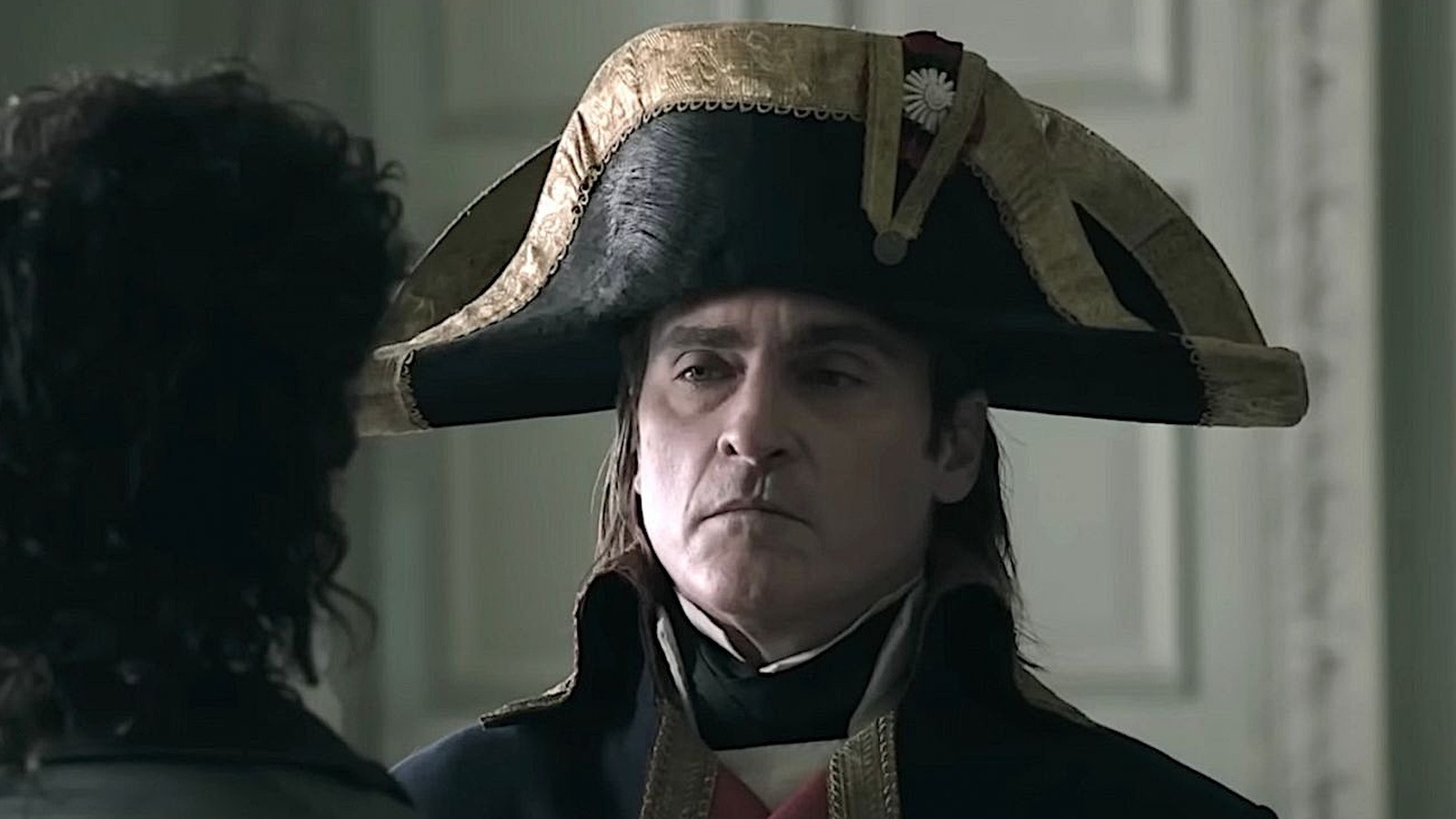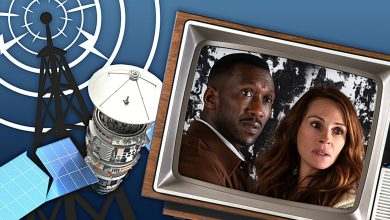Napoleon’s 5 Most Controversial Historical Inaccuracies Exposed


In one of “Napoleon’s” more dramatic scenes, we see the rising star of the French army running amok in Egypt. He sizes himself up to a mummy and hangs around in the sandy landscape for a while before heading back to France to continue his meteoric rise, a side quest that feels random and unnecessary. Historically, Napoleon attacked Egypt and the surrounding areas as a way to threaten Great Britain’s global trade routes and naval networks, and while Ridley Scott doesn’t explain this in detail, he doesn’t contradict it either.
However, the director does include one little tidbit that definitely didn’t happen — Napoleon did not shoot at the pyramids, folks. Hate to burst your bubble on that one, but the random, over-the-top shot of Napoleon recklessly firing canons into the pyramids was added for show. While there is some evidence that his soldiers may have shot the nose off of the Sphinx, even that is in doubt.
Scott’s historical consultant and Napoleon expert, Professor Michael Broers, even went so far as to openly criticize Scott’s decision, telling Time Out, “I said to RS: ‘Come on, shoot the top of the pyramids? But he replied, ‘Well, you laughed, didn’t you?’ I learned that we weren’t making a documentary, we were making a movie.”
In the end, all of Scott’s decisions, historically faithful or otherwise, fall into that category. “Napoleon” is a movie. It’s a dramatic retelling. It’s a biopic. The one thing it definitively is not is a pure documentary. It’s fun to poke holes in the historical fabric of the story, but at the end of the day, there’s little doubt that the esteemed director delivered yet another entertaining film rooted (at least partially) in the most interesting drama that history has to offer.




